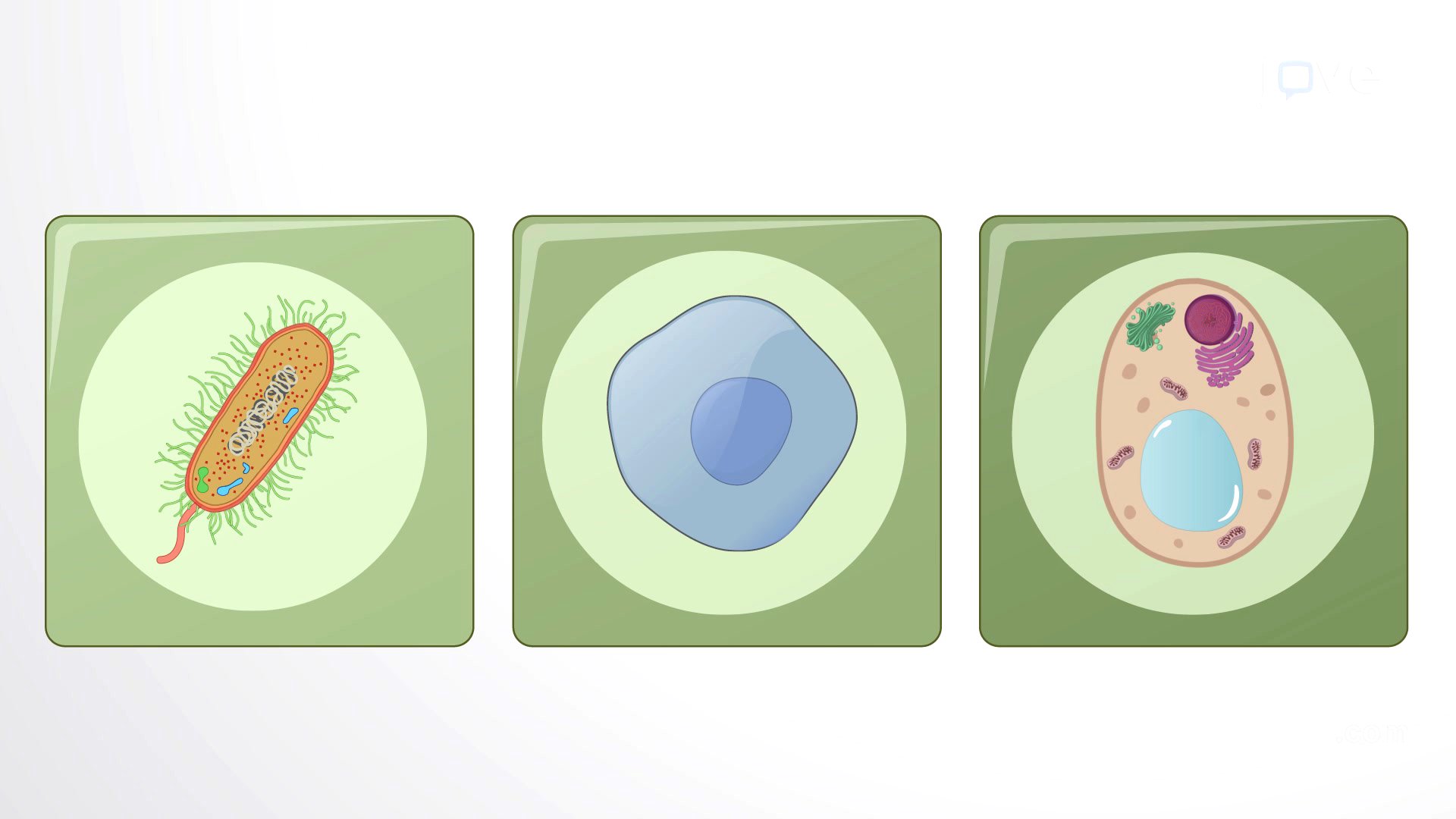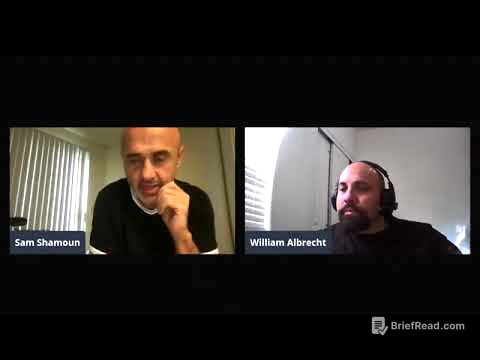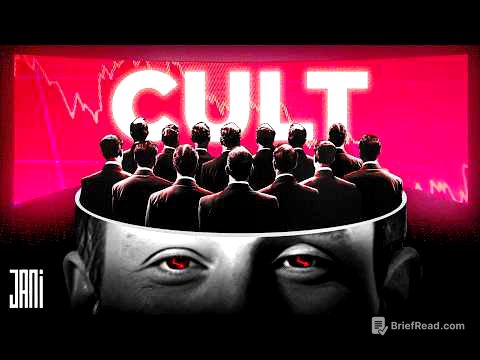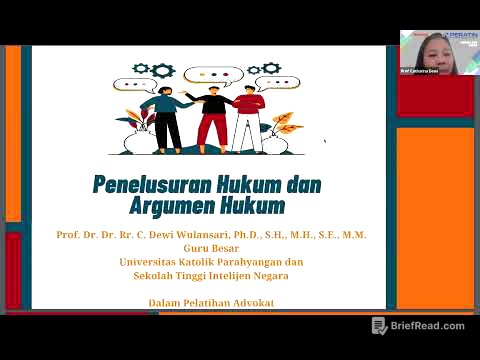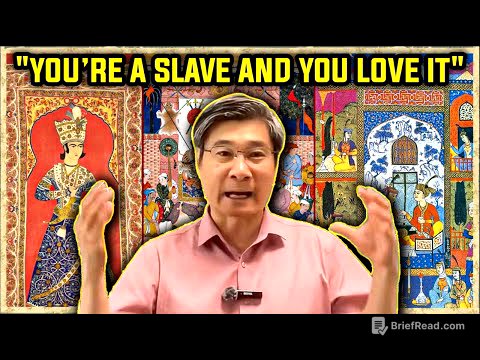TLDR;
This text explores the concept of cell diversity, tracing its origins from Robert Hooke's initial observations to the understanding of cells as the basic units of life. It highlights the differentiation process where early cells specialize into various types with distinct structures and functions, forming specialized tissues. The text also touches on the selective gene expression in different cells, influenced by internal conditions and external cues, and mentions the variety of cell types in the human body, such as squamous and nerve cells, with their unique shapes and lifespans.
- Robert Hooke coined the term "cell" in 1665.
- Antonie van Leeuwenhoek was the first to observe living cells.
- Multicellular organisms develop through cell differentiation.
- Different cells express different genes based on internal and external cues.
- The human body contains about 200 types of cells with varied shapes and functions.
Cell Diversity
The understanding of cells began with Robert Hooke's microscopic observation of dead cork tissue in 1665, where he named the small compartments "cells." About a decade later, Antonie van Leeuwenhoek was the first to observe living, moving cells under a microscope. Over the next century, the theory emerged that cells are the fundamental units of life. Multicellular organisms originate from a single fertilized egg cell and develop into complex beings with trillions of specialized cells. During development, early, undifferentiated cells undergo differentiation, specializing in structure and function to form specialized tissues that work together to perform necessary functions. Different cells express different genes based on their internal state and signals from their surroundings, particularly from other cells. The human body contains approximately 200 cell types with diverse shapes, including squamous, cuboidal, and columnar cells. For example, squamous skin cells are flat and provide a protective barrier, while nerve cells can be star-shaped with long processes and can live for the organism's entire life.
